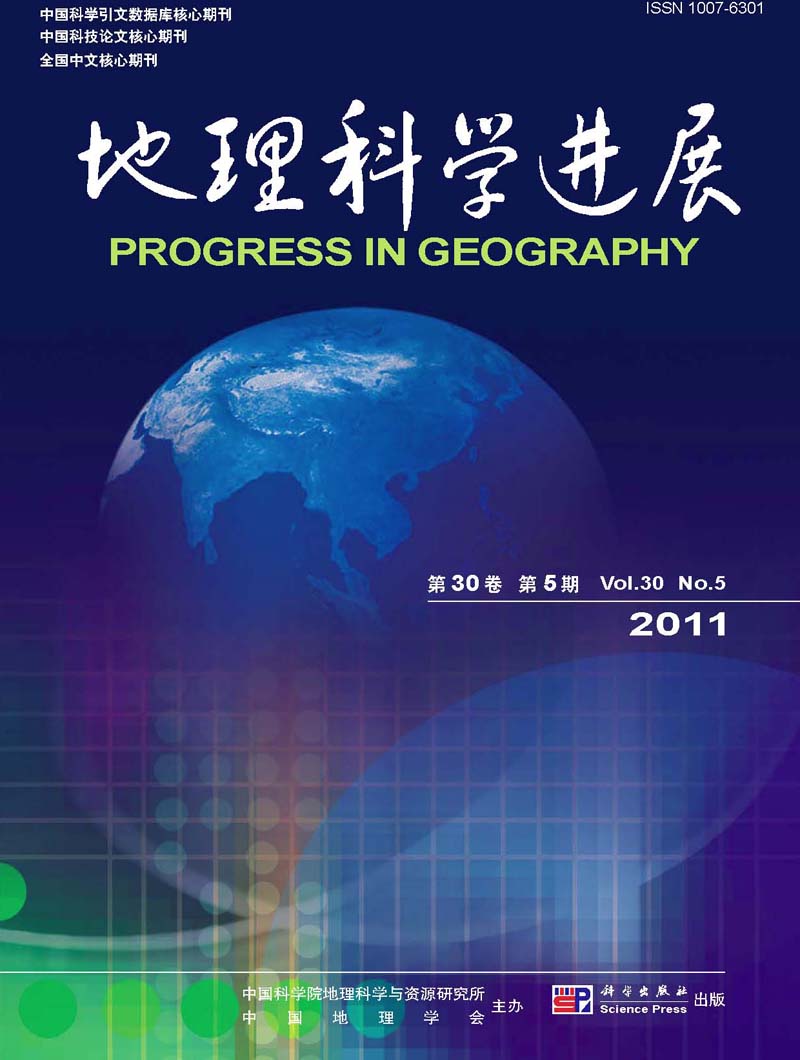Original Articles
ZHAO Xingguo, PAN Yujun, ZHAO Bo, HE Ruifang, LIU Shufen, YANG Xiaoyan, LI Huixian
The relationship between resource-environment and economic development has become a key research subject in regional sustainable development. Decoupling between them is a basic requirement to achieve comprehensive, coordinated and sustainable development of resource-environment and economy-society, and is also an important goal of the regional scientific development. In order to explore the features or rules of the temporal- spatial evolution of the relationship between resource-environment and economic development in China, with the conceptual model of Driving Force-State-Response, this study constructed a regional resources and environmental load index. Using the decoupling theory and the criteria for decoupling degrees based on the improvement of elastic analysis, this paper attempted to make quantitative and comprehensive analyses of the features or rules of temporal-spatial evolution of decoupling degrees between resource-environment and economic development at national and provincial scales, with a time span from 1998 to 2008. The results show that: (1) no matter what the evolution of the time or the space is, the relationship between resource-environment load and economic development was generally in a state of relative decoupling in the country and most of provinces, the order of the evolution was relative decoupling Ⅰ→relative decoupling Ⅱ→relative decoupling Ⅳ→relative decoupling Ⅲ→relative decoupling Ⅱ, and the changes were close to the“normal distribution curve”; (2) according to the division of the four areas: northeastern, eastern, central and western parts of China, the spatial evolution rule of decoupling degrees'comparison of resource-environment and GDP between the nation and the provinces showed that the resource-environmental costs of economic development were lower in the northeast region than in the other regions of China. The resource-environmental costs in the eastern, central and western regions with the rapid economic development showed a declining trend. The resource-environment and the economic development are showing positive interaction in China and they are expected to reach a state of absolute decoupling, which will be helpful for achieving comprehensive, coordinated and sustainable development in China.
